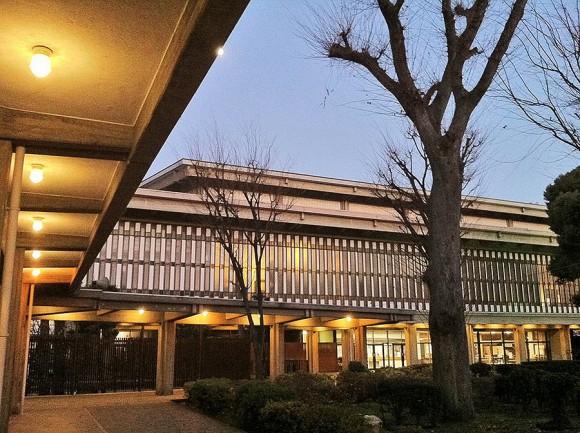We went to see Makoto Aida’s exhibition this last weekend, currently on display in the Mori Art Museum. Me and my wife both left feeling impressed – ‘brilliant’ was the word that encapsulated it for us. The works on display and perhaps the cumulative exhibition as a whole seemed to capture our perception and understanding of Japan, which is something that we struggle to articulate ourselves.
Aida Makoto – the Non-Thinker








